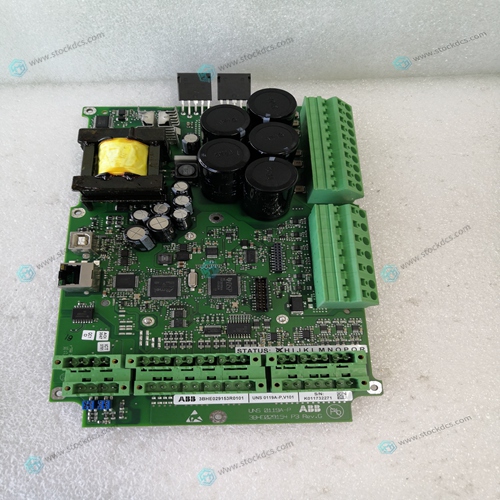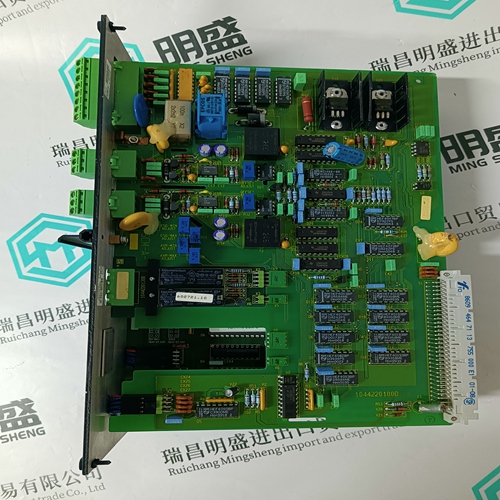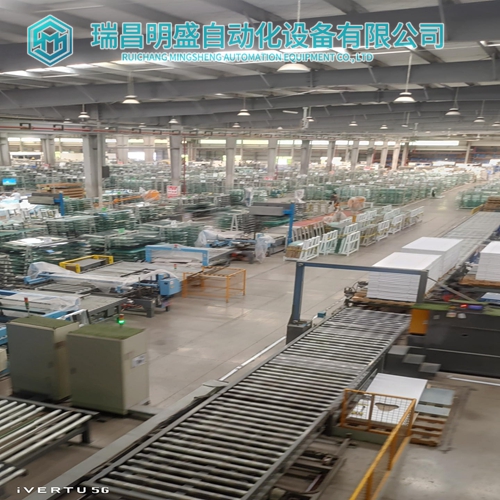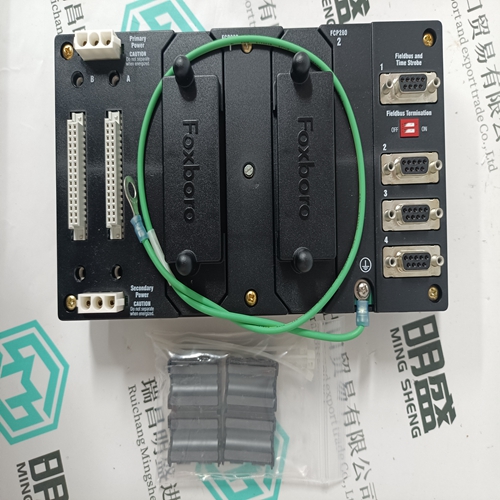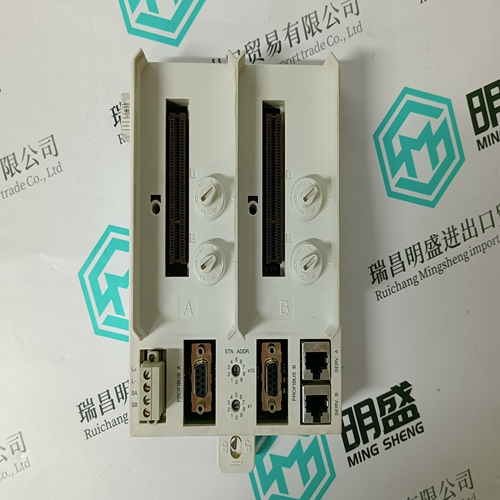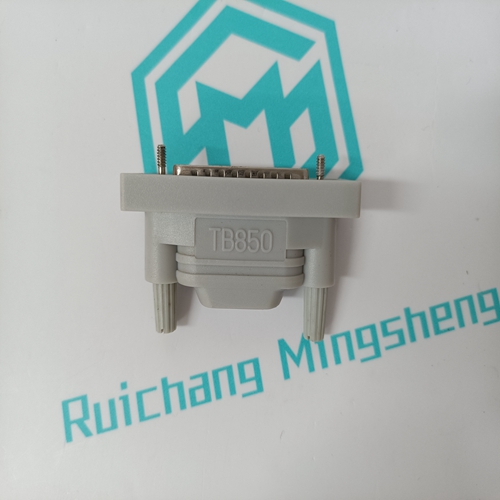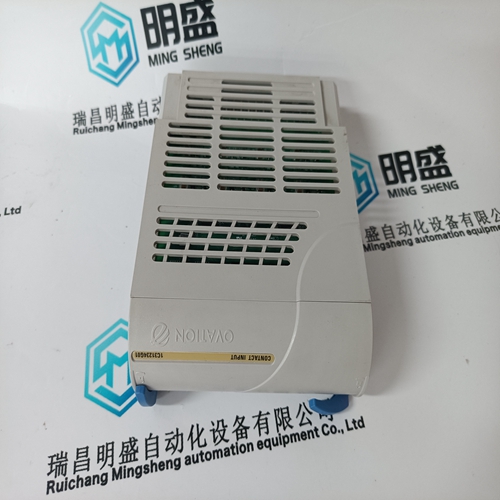Home > Product > DCS control system > ABB UNS1860B-PV1 Redundant input module
ABB UNS1860B-PV1 Redundant input module
- Product ID: UNS1860B-PV1
- Brand: ABB
- Place of origin: The Swiss
- Goods status: new/used
- Delivery date: stock
- The quality assurance period: 365 days
- Phone/WhatsApp/WeChat:+86 15270269218
- Email:xiamen2018@foxmail.com
- Tags:ABBUNS1860B-PV1Redundant input module
- Get the latest price:Click to consult
ABB UNS1860B-PV1 Redundant input module
Certificate Management When using Enterprise-level security, some EAP methods require the use of X.509 certificates. The Certificate Management web page allows the uploading of certificate files to the RLX2. There are two certificate types; a certificate from a ‘Certification Authority’ used to authenticate the RADIUS server to the RLX2 supplicant, and device or client certificate created by the RADIUS server for the RLX2. The RLX2 is able to hold one of each certificate type. If PEAP authentication is used, you’ll need a CA Certificate (to authenticate the RADIUS server) and a username and password.
If EAP-TLS is used
you’ll need a CA Certificate, a Client Certificate and Private Key (contained in a single p12 file) to authenticate the client. The p12 file is encrypted and requires a password. The IT person will provide you with the appropriate files that you’ll need to load to the RLX2 Repeater. The following controls are used for uploading a certificate:Select the type of certificate that you will be uploading. It is important that this is set correctly as the RLX2 does not distinguish between them in any other way.
Configuring the RLX2 Repeaters with Certificates
Obtain the required certificate files from your IT person and use the following procedure to upload these files to the RLX2 Repeater.
1. Open the web page for the RLX2 repeater that you want to configure.
2. Select the EAP Method (PEAP or EAP-TLS).
3. Enter the Username.
4. Click Certificates to enter the certificate files.
5. Select either CA or Device (client). A CA Certificate is required for both PEAP and EAP-TLS. This is used to authenticate the server’s certificate. Additionally, for EAP-TLS, a client certificate and private key are required.
6. Enter the CA Certificate file created previously (CAcert.pem) and apply it.
7. Enter the Client Certificate combined file (clientcert.p12) and the password associated with the file and apply.
8. Apply changes on the main page and attempt to connect to the Master.







Application industry
The products can be used in the following industries: power plant, paper making, steel, mining, rubber, water supply, cement, chemical industry, glass, printing Textile, machinery, plastics, coatings, medicine, hospitals, food, hotels, scientific research institutions
